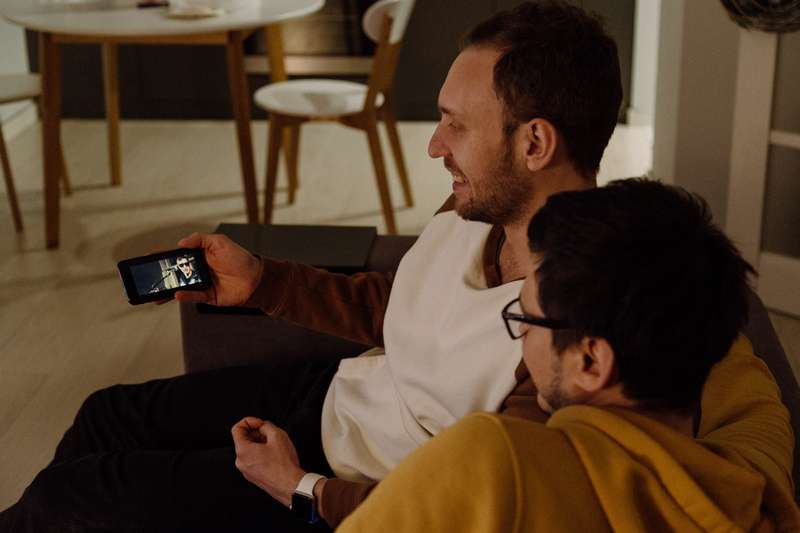More of the world is live online than ever. In decades past only radio and TV allowed someone to broadcast themselves. There was an exclusivity to these times because access to them was limited to getting onto these mediums. The power, relatively, was in the hands of the few. Nowadays, things are a little different. There are many more TV channels and studios and even more radio broadcasts. However, the more pressing and fundamental difference is the internet. This has granted greater ease to create networks and followings and be able to distribute content.

Live-streaming can now be performed on many platforms, self-directed and -organized: the power, in many cases, has transferred to normal users. With this, the demand for high-performing technology and equipment can support the streams and enable them to look and sound perfect while being accessible to a large audience. This accessibility, in recent years, has been of great focus. Real-time captioning is one such solution. What is it, and how can people benefit from it?
What is it?
Real-time captioning are closed captions produced in real-time.
Closed captions are produced when the audio of a video is transcribed into text and are time-coded to appear at the bottom of a video synchronized with the audio itself—the detail more than subtitles do. Subtitles are limited to what is said, assuming that the audience can determine who the speaker is and what the music and other environmental sounds are. In essence, subtitles assume that the audience can hear the audio. Closed captions don’t make such assumptions. They detail who is speaking, what is said, and what the music and environmental sounds are.
Closed captions, due to the limits of technology and demand, have been reserved for recorded content. That has changed in recent years due to artificial intelligence. The development of AI has revolutionized what has been possible for technology and business. Everything from employee onboarding to medical scans has been made more efficient and effective. Businesses like Verbit have followed suit and produced AI-based programs that can produce captions in real-time. With their 99% accurate CART transcription, the programs are sophisticated and able to determine who is speaking and what is being said correctly.
Who can Benefit?
This technology holds many benefits for the contemporary world. As mentioned, more and more people can broadcast themselves online. These live-streamers make a living from their content. The influencer market uses live streams to promote their brand by having sponsored events or simply engaging with their audience in a more immediate setting. These streamers can be live to a few hundred people or a few hundred thousand. Real-time captions can be used in these circumstances to help engage their followers.
Another example would be an educational setting. The online education market is booming. Teachers produce recorded and live content for pupils of all ages: through specific hosting sites where teachers can post or via their social media and zoom. Captions in this environment can prove invaluable.
It’s important to note that captioning isn’t just for those who have a hearing impairment and are d/Deaf. Many users watch videos without sound. Real-time captioning is a solution to a customer demand that transcends how differently-abled the audience is.

